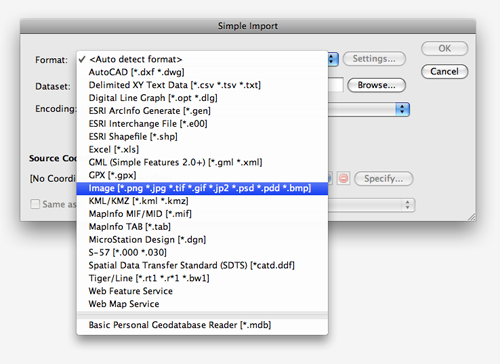
In our methodology, important features, classified into three categories, have been identified by a review of the literature and also through a consultative workshop with industry partners. In order to efficiently represent and work with land ownership and related information, this paper proposes a set of requirements (features) for interactive 3D cadastral visualization systems. It is also not possible to interact with such plans, modifications are not easy or efficient, and searching and measurement can only be done manually. The bounded 3D character of these developments requires numerous plans and sections which are difficult to interpret. This method has significant shortcomings for representing property interests, especially in complex multi-level developments.

For a building subdivision, ownership boundaries are commonly drawn on floor plans, with cross-sections or isometric diagrams used to represent the 3D property rights. In Australia, the cadastre stores and represents land ownership information in subdivision plans on paper and in digital documents (PDF). For this research study, it involves one block of the NDCDB State of Negeri Sembilan and the comparison of NDCDB data integrity before and after implementation of this method is executed. The improvement of existing NDCDB is needed and to conquer this issue, the Localized Adjustment Method is used to strengthen the NDCDB network and populating the cadastre data. The NDCDB is developed to overcome the shortcomings of the Digital Cadastre Database on several issues such as incompatibility with the current technologies, accuracy inadequacy and difficulties resulting from the use of different projection and georeference system. eCadastre transforms current regiment cadastre system to a coordinated cadastre system and to establish a homogeneous cadastre database namely National Digital Cadastre Database (NDCDB) based on the geocentric datum.

eCadastre involved in the modification from the Cadastre survey manner of the traditional methods into a survey accurate coordinates using least square adjustment. Department of Surveying and Mapping Malaysia had introduced the eCadastre system in 2010 to improve the implementation of existing cadastre surveying in Malaysia.


 0 kommentar(er)
0 kommentar(er)
